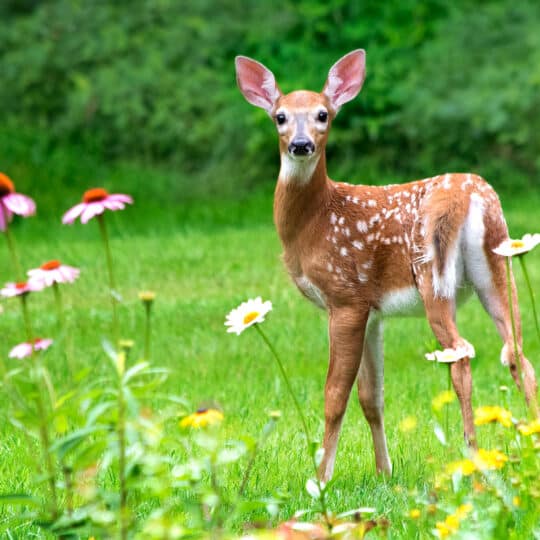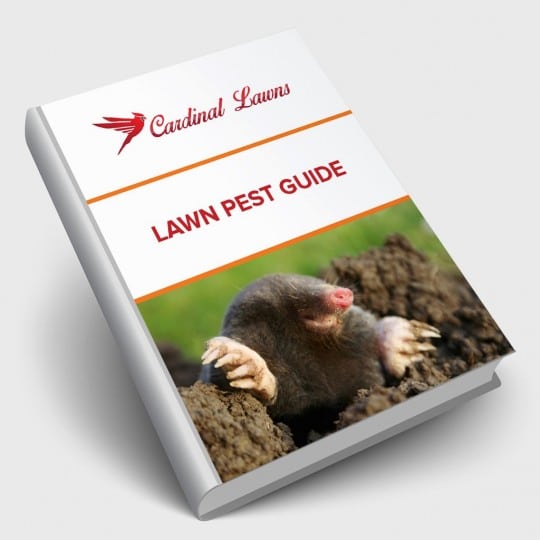Managing Wildlife in Your Lawn
Plus Prevention Methods
Posted
August 17, 2023

Now that you have late summer lawn pests taken care of, you can turn your attention to lawn wildlife control. Making your yard less attractive to certain animals is your first line of defense for keeping your lawn healthy and keeping uninvited visitors out of your home come winter.
Common Local Wildlife
When you maintain a healthy lawn, not only are you beautifying your property and helping to prevent pests, but you’re also making your yard less desirable for other wildlife. Without the weeds, debris, insects, and poor drainage, there’s less food and water sources for some of the most common wildlife known for tearing up your grass and plants.
- Moles/Voles. They may sound similar, but moles create underground tunnels and feed on grubs, worms, and insects. Voles prefer flower bulbs, root veggies, trees, and shrubs. They both destroy your grass by creating pathways through your lawn.
- Groundhogs. Like moles, groundhogs also tunnel through your yard looking for food. They have a larger appetite, not passing up flowers, vegetables, bark, or bugs.
- Deer. Given they can easily jump over fences and will feed on a wide variety of plants and bark, it’s best to deter them by focusing on more deer-resistant types of flowers. Controlling the number of deer in your yard also limits the chance of them dropping the dreaded deer tick.nearby.
- Raccoons: More active at night, they are attracted to leftover food aroma coming from your trash cans or any food left out for pets. Given the chance, they’ll also nest in secluded sheds or attics.
- Skunks. Also active at night and attracted to food scraps, they may nest under woodpiles, raised sheds, or decks.
- Mice. Overgrown shrubs, sheds, woodpiles, and garages make a nice hiding spot for rodents, especially when there’s easy access to food scraps, vegetable gardens, and water nearby.
- Snakes: They may help with your mouse problem, but you don’t want to mess with any aggressive or venomous species. They’re also attracted to rock gardens, wood piles, and thick yard debris where they can hide.
Lawn Wildlife Control
Making your yard less desirable for wildlife is one way to discourage unwelcome visitors, but there are also other preventative plants and products to reinforce your efforts.
If you’ve already tried various methods and still have an issue with certain wildlife, it’s time to call a professional for help. There could be local laws in place for trapping certain animals. Plus, you don’t want to have to deal with defensive wildlife that could be carrying disease, venom, or a noxious spray. Entrust an expert to evaluate the situation and help come up with a safe and effective solution for all parties involved.
Contact Cardinal Lawns for more information on how to help make your yard more desirable for you and less for local wildlife.

Download Your FREE Lawn Pest Guide
Pests become most prevalent during the heat and humidity of summer. Take some time to learn about the signs of infestations before any damage can be caused to your landscape. This handy guide will teach you how to spot common lawn pests and how to keep them from causing harm to you and your property.